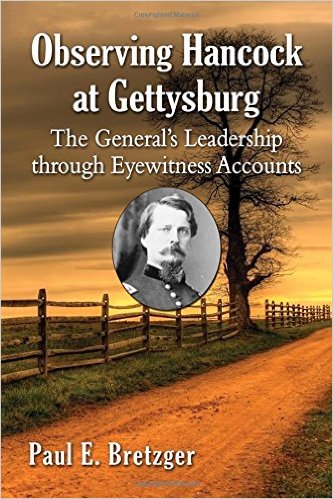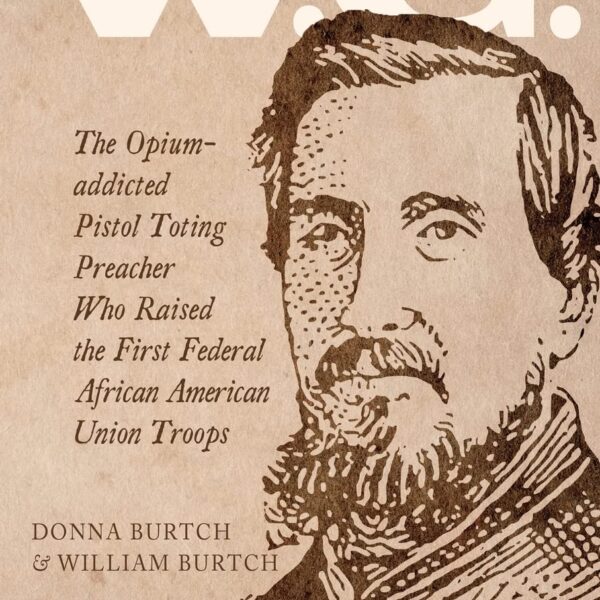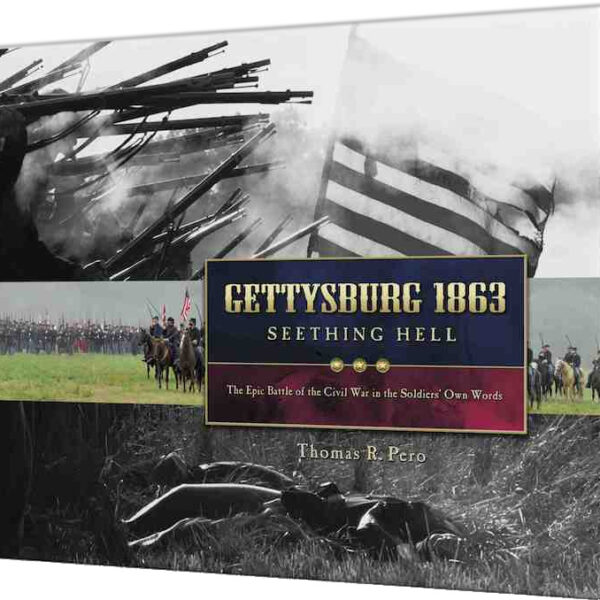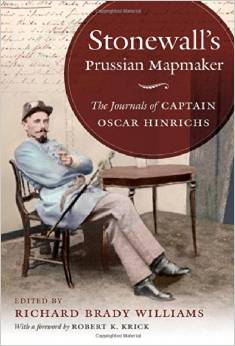Richard Newman and James Mueller’s Antislavery and Abolition in Philadelphia assembles a collection of insightful scholarly essays pivoting Philadelphia as the ideological, legislative, and social activist epicenter of the national abolitionist movement from the revolutionary era to the outbreak of the Civil War. By identifying Philadelphia as not only at the vanguard of this national campaign, but as integral to the transatlantic antislavery network linking the United States to the rest of the world, this volume explores how specific events and doctrines of political thought in Europe, the Caribbean, and the rest of the United States shaped the internal dynamics of reform in The City of Brotherly Love. Moreover, the volume examines the ways in which abolitionism extended beyond the purview of emancipation to encompass a litany of injustices faced by free people of color, most prominently economic rights (and mobility) and political autonomy. The collection avoids a simple narrative of progression and advancement to shed new light on the episodic stagnation of the abolition movement. These setbacks are attributed to institutional and organizational shortcomings of the campaign and/or to the compromise of ideology to create a more moderate agenda to attract public support. In its examination of Philadelphia’s abolitionist movement, globally, nationally, and locally, this volume presents a compelling and persuasive argument to reconsider the centrality of Philadelphia in structuring the global and national antislavery terrain in the eighteenth and nineteenth centuries.
The collection spans an impressive thematic scope, ranging from the ambiguity in antislavery sentiments of Benjamin Franklin (David Waldstreicher) to the tenuous relationship between the legal apparatus and the philosophy of liberty (Julie Winch). Yet, the works are united in their discussions of the heterogeneity of the abolitionist movement. The authors collectively identify a number of fractures within abolitionism, focusing on the gradualism versus immediatism shifts in strategy. Moreover, the authors highlight the diversity of the free people of color community, acknowledging significant differences in wealth, education, familial networks, involvement in the church and greater community and how these factors impacted their participation in the abolitionism movement. The collection draws out nuances in the dynamics of abolitionist activism by focusing on key ideological and demographic differences within the movement, and the ways in which these differences translated into various strands of political commitment and activism.
Two contributions of the collection standout; first, Ira Berlin’s chapter detailing the lives of slaves and free people of color in revolutionary and antebellum Philadelphia foregrounds the volume. Offering a succinct, clear overview of the conditions of black life in the city, Berlin provides an effective and comprehensible general contextualization for the more specialized analyses to follow. Second, Heather Nathans’ examination of the representation of race and abolition on the antebellum stage is a particularly strong addition. Demonstrating the usefulness of theatre studies to the historical discipline and expanding upon a growing body of scholarship exploring the intersectionality of theatre and history, Nathans chronicles how the struggle for abolition, colonization, and the amalgamation of free blacks into white society was portrayed and received in Philadelphia theatres. Furthermore, this theatre culture transcended the walls of the playhouse and reflected and/or shaped responses to contemporary events (refugees from San Domingue, Fugitive Slave Act of 1850, etc.).
Several of the chapters depend significantly on slave narratives as crucial evidentiary material to show the strategy of abolitionists as well as to provide a more intimate look at the lives of free people of color. While this is certainly enriching source material, none of the chapters significantly engage with the genre itself: its limitations as an autobiographical work, the influence of abolitionists’ in the composition of the narrative to make it more appealing to audiences with antislavery sympathies, etc. As these narratives are referenced frequently throughout the volume and were clearly central to the antislavery activity in Philadelphia, a more comprehensive description of the slave narrative, either in the introduction to the volume or as an individual chapter, would have been a helpful addition. This would not only provide a framework to conceptualize references to the slave narrative in later chapters, but another lens to assess abolitionist activity in Philadelphia.
Overall, this volume brings together a selection of the nation’s finest scholars on the antebellum era creating an invaluable resource to a number of fields: nineteenth century American History, Slavery, African-American and Urban Studies. Moreover, the collection offers a fresh perspective on the analysis of class—specifically, to the mutual constituency of race and class and the articulation of class conflict in racial terms, this would be of interest to scholars working outside of the American context.
Kristen Cree Brill is a doctoral candidate in the Department of History at the University of Cambridge.





